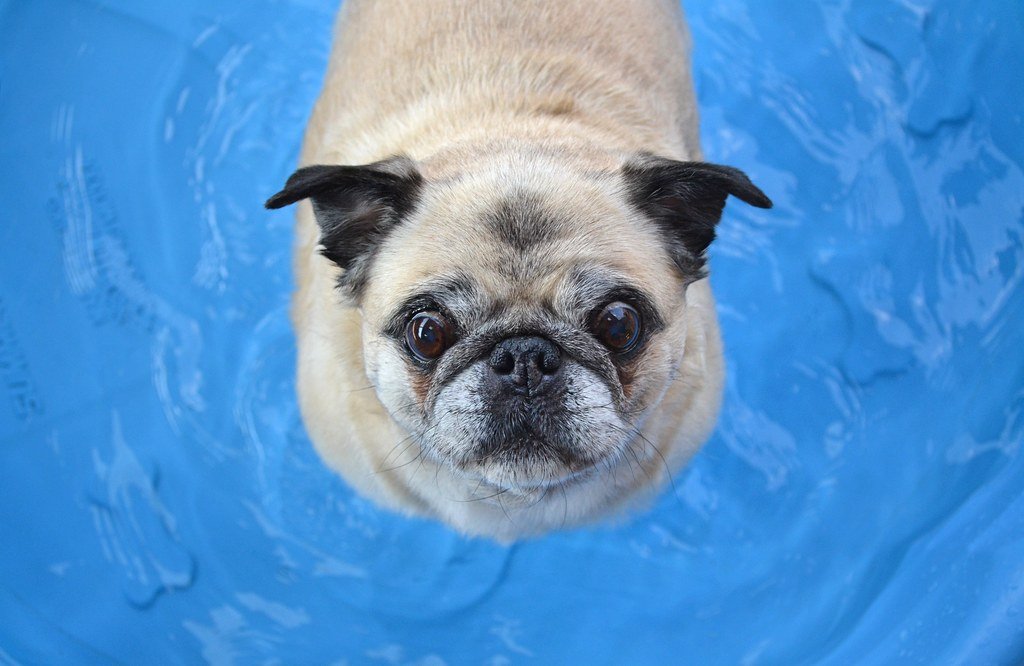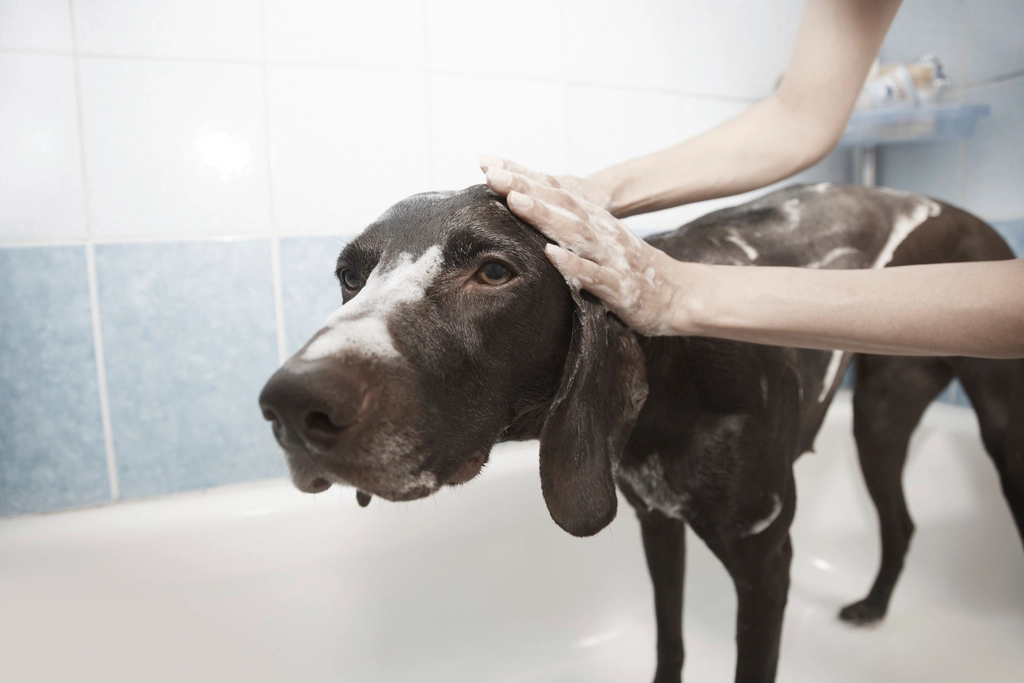On a scorching summer afternoon, it’s tempting to grab the hose and give your panting pup a quick spray. After all, if it feels refreshing to us, shouldn’t it cool them off too? But here’s the surprising truth: hosing down your dog can actually do more harm than good. As a lifelong dog lover and canine expert, I want you to know there are safer, happier ways to help your best friend beat the heat.
Why Water Doesn’t Always Cool Dogs Like You Think

Our human instincts tell us water equals relief from heat, but dogs aren’t wired like us. Their fur acts as insulation, trapping cool air near the skin but also holding in moisture if it’s not properly dried. When you hose your dog, water can get stuck close to the skin, making the heat feel even worse instead of better.
Your dog’s cooling system relies more on panting and paw pads than on their skin. If their fur stays damp for too long, it can actually raise their body temperature and risk hot spots—a kind of painful skin infection common in summer months. The quick fix of a hose can end up backfiring in ways most owners don’t expect.
The Shock of Cold Water Can Stress Your Dog
Imagine stepping into an icy shower after baking in the sun—your body jolts in surprise. Dogs experience the same shock when cold water suddenly hits their warm skin. This sudden change can stress their system, especially for puppies, seniors, or breeds with sensitive dispositions.
Instead of relief, some dogs may become anxious, shiver, or even try to run away. If you notice your dog tensing, tucking their tail, or pulling their ears back after being hosed, these are tell-tale signs they’re uncomfortable or scared. Stress can linger, making future bath times even harder.
Wet Fur Can Lead to Skin Issues
When a dog’s thick coat gets drenched and doesn’t dry thoroughly, it creates a damp environment perfect for bacteria and yeast to flourish. This is a fast track to itchy, red, or weepy hot spots—painful patches that can quickly grow if left untreated. Long-haired breeds and dogs with dense undercoats are especially vulnerable.
If you spot your dog scratching, licking, or chewing a particular area after getting wet, check for signs of irritation. Prevention is key: avoid unnecessary soaking and always dry your dog’s coat completely if they do get wet. It’s much easier to prevent skin problems than to fix them.
It Can Damage Your Dog’s Natural Skin Barrier

Dogs have a delicate layer of oils on their skin that helps protect them from sunburn, dryness, and infections. Hosing them down too often can strip away these oils, leaving their skin exposed and vulnerable. This is especially risky in summer when the sun is extra harsh.
If you notice flaky skin, dandruff, or an increase in scratching, your dog’s skin barrier may already be compromised. Try using a damp cloth for gentle spot cleaning instead of a full soak. A little care goes a long way in preserving their skin health.
Better Ways to Help Your Dog Cool Off
Instead of reaching for the hose, try providing a shady spot or a cool, damp towel for your dog to lie on. Many dogs love chilling with frozen treats or ice cubes in their water bowl—simple, effective, and safe for even the most heat-sensitive pups.
Short walks during cooler parts of the day, like early morning or late evening, can also help prevent overheating. For water-loving dogs, a shallow kiddie pool with a few inches of water lets them cool their paws without drenching their fur. Always keep an eye on your dog’s body language to make sure they’re comfortable.
How to Spot Overheating and What to Do Instead
Watch for heavy panting, drooling, glazed eyes, or stumbling—these are early signs your dog may be too hot. If you see them seeking shade, lying flat on cool floors, or refusing to play, it’s time to help them chill out gently. Never use ice-cold water or force your dog into water if they seem anxious.
Move your pup to a cooler area, offer water to drink, and use a damp cloth to wipe their belly, paws, and ears. These areas lose heat fastest and can help bring their temperature down in a safe, controlled way. Calm, caring actions make all the difference when your best friend needs relief from summer’s heat.

Esther is from India; the heartbeat of South Asia, holding a Master’s degree in Zoology and a postgraduate diploma in Animal Welfare. Her enthusiasm for animal welfare drives her passion and dedication to working for animals, ensuring their well-being, and advocating for their rights. With a solid academic background and hands-on experience, she is committed to making a positive impact in the field of animal welfare. In her free time, she enjoys embroidery and sewing. As a Chennaite from Tamil Nadu, Esther loves Bharathanatyam, an Indian classical dance form.





